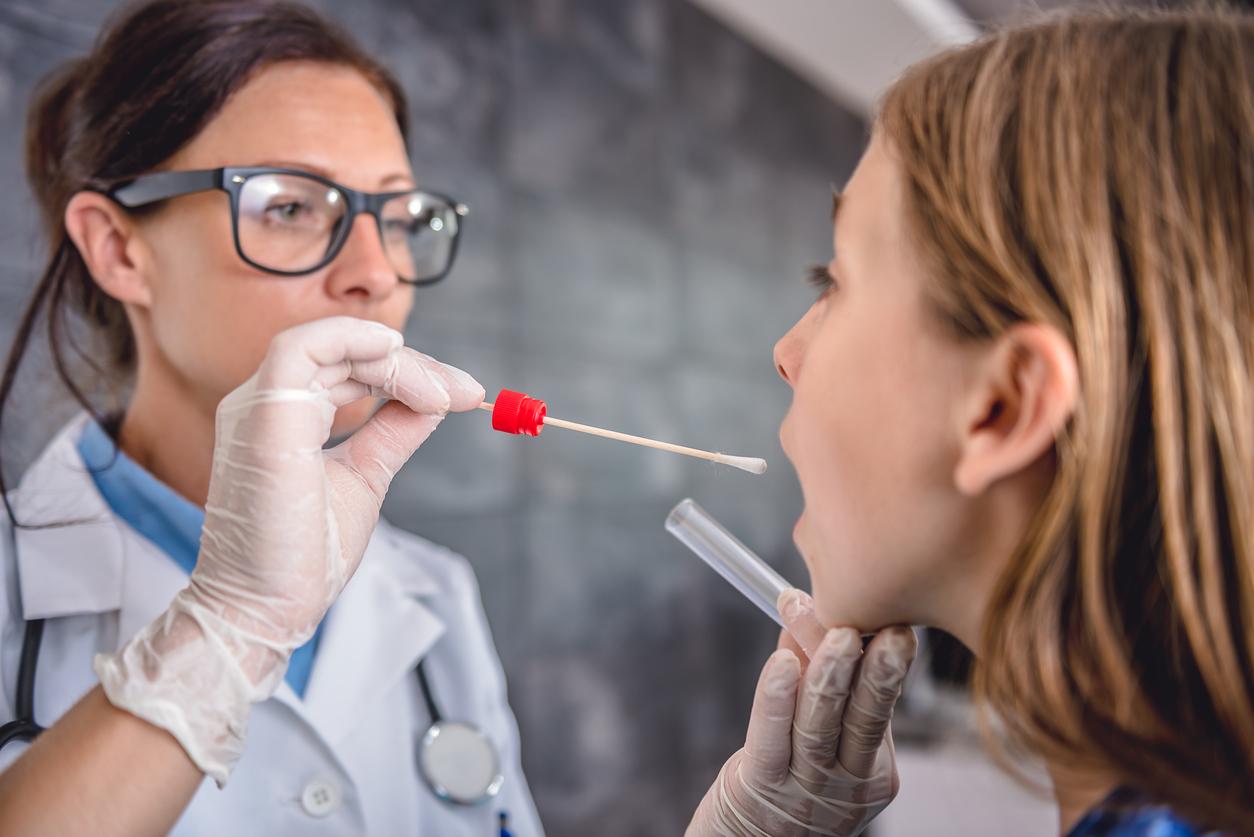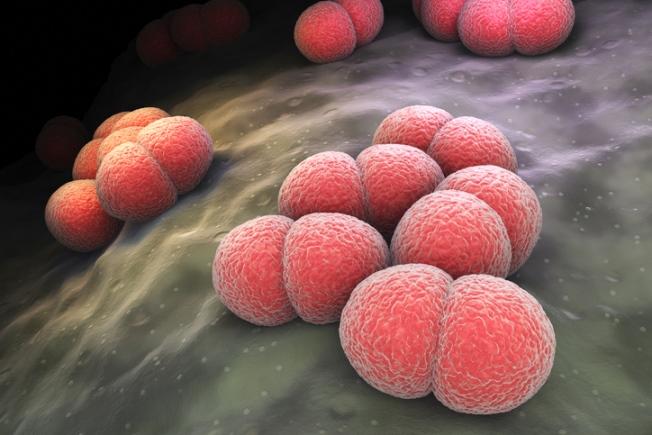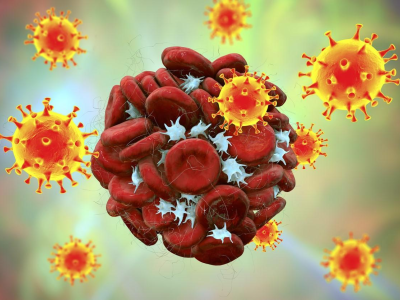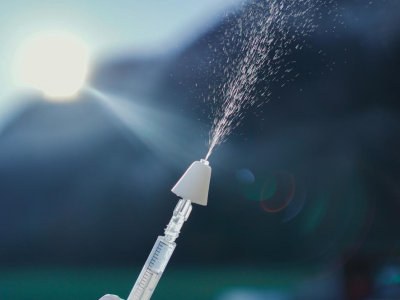 A new research letter in JAMA notes that, compared with 3 months after patient intensive care unit (ICU) hospitalization for acute respiratory distress syndrome (ARDS) caused by COVID-19, at 1 year family members had lower levels of post-traumatic stress disorder (PTSD), anxiety, or depression.
A new research letter in JAMA notes that, compared with 3 months after patient intensive care unit (ICU) hospitalization for acute respiratory distress syndrome (ARDS) caused by COVID-19, at 1 year family members had lower levels of post-traumatic stress disorder (PTSD), anxiety, or depression.
Moreover, ARDS caused by COVID-19 compared to ARDS caused by other illnesses was not associated with any greater psychological distress among family members.
The research was based on patients and families seen in 23 ICUs in France, with follow-up at 3 and 12 months conducted to assess PTSD levels, anxiety levels, and depression prevalence.
About a quarter had PTSD, depression after 1 year
At 12 months, 437 family members completed psychological questionnaires (268 for COVID-19 ARDS and 169 for non–COVID-19 ARDS). There was no significant between-group difference for PTSD symptoms at 12 months, which was present in 25% of family members of patients with COVID-19 ARDS compared to 22% for non–COVID-19 ARDS. Symptoms of depression were also not significantly different (26% in COVID families, 22% in non-COVID family members).
Family members' psychological symptoms may have eased over time as patients recovered.
That compares with a 35% rate of PTSD at 3 months in family members of patients COVID-related ARDS and 19% with non-COVID ARDS, according to the team's earlier findings, published in JAMA in February 2022. A US study in April 2022 found a 48% rate of PTSD in family members of COVID-19 ARDS patients 6 months after ICU discharge.
"Twelve months after patient ICU hospitalization, having ARDS caused by COVID-19 compared with other causes was not significantly associated with increased symptoms of PTSD, anxiety, or depression in family members in contrast with results after 3 months," the authors concluded. "Family members' psychological symptoms may have eased over time as patients recovered."












